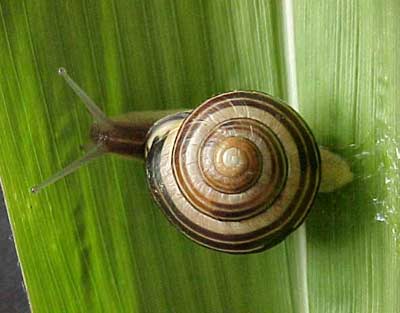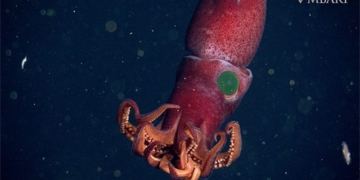The snail always carries a beautifully spiraled, multi-story shell on its back, crawling to damp places in search of food. In the hot, dry season, it retracts into its “house” to escape the heat – estivating. During this time, it secretes a sticky substance that seals the opening of its shell. As the cool autumn arrives, it starts to relocate to crevices in rocks or wall nooks, burying itself in the soil, distancing itself from the outside world, and again secreting a glue-like substance to close its home, preparing to endure the cold – hibernating until February.
Snails are excellent at fasting: experiments have shown that they can survive without food for up to four years.
Snails usually inhabit damp areas rich in decaying matter. During the day, they hide in their shells to avoid direct sunlight. They venture out at night to forage, primarily feeding on plants, including leaves, roots, sprouts, and ripe fruits, making them harmful to crops.
Snails are soft-bodied animals belonging to the class Gastropoda. Their entire organ system is contained within their shells. When they move, they extend a single, soft, flat foot outward, crawling slowly. Because there are mucus glands on their foot, they leave a sticky trail as they move. Although they crawl slowly, they can find their way back along familiar paths.

(Photo: sci.gallaudet)
Snails are hermaphroditic, but they mate with others (two snails) to complete the fertilization process. Spring is the breeding season for snails, and they lay eggs multiple times. The baby snails are capable of foraging for themselves as soon as they hatch.
It is estimated that there are about 25,000 species of snails distributed worldwide. Although they can be detrimental to crops and serve as intermediate hosts for certain parasites, the meat of some larger snail species is quite delicious and can be prepared as food. Therefore, many places have started breeding them artificially for culinary purposes.


















































